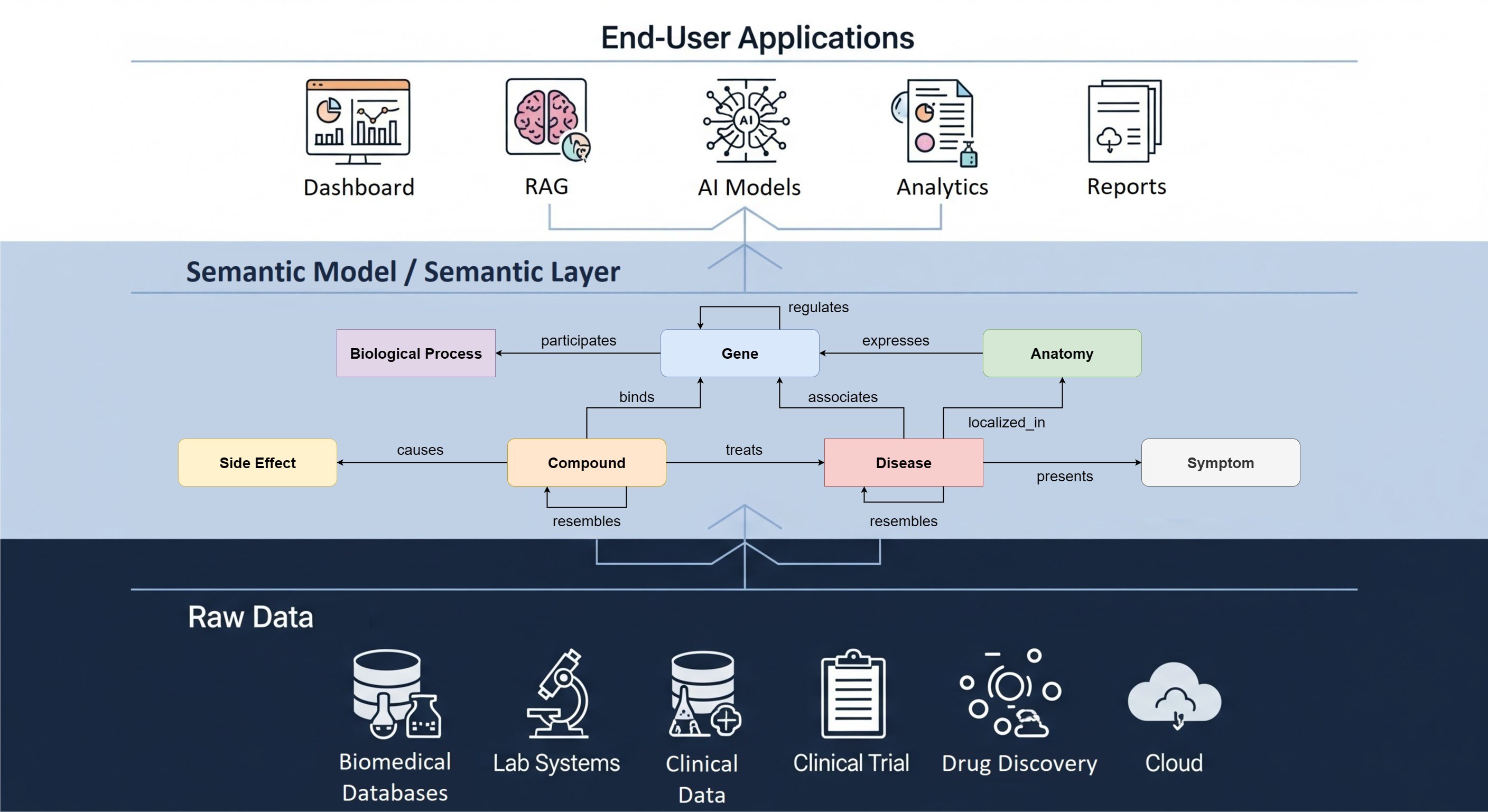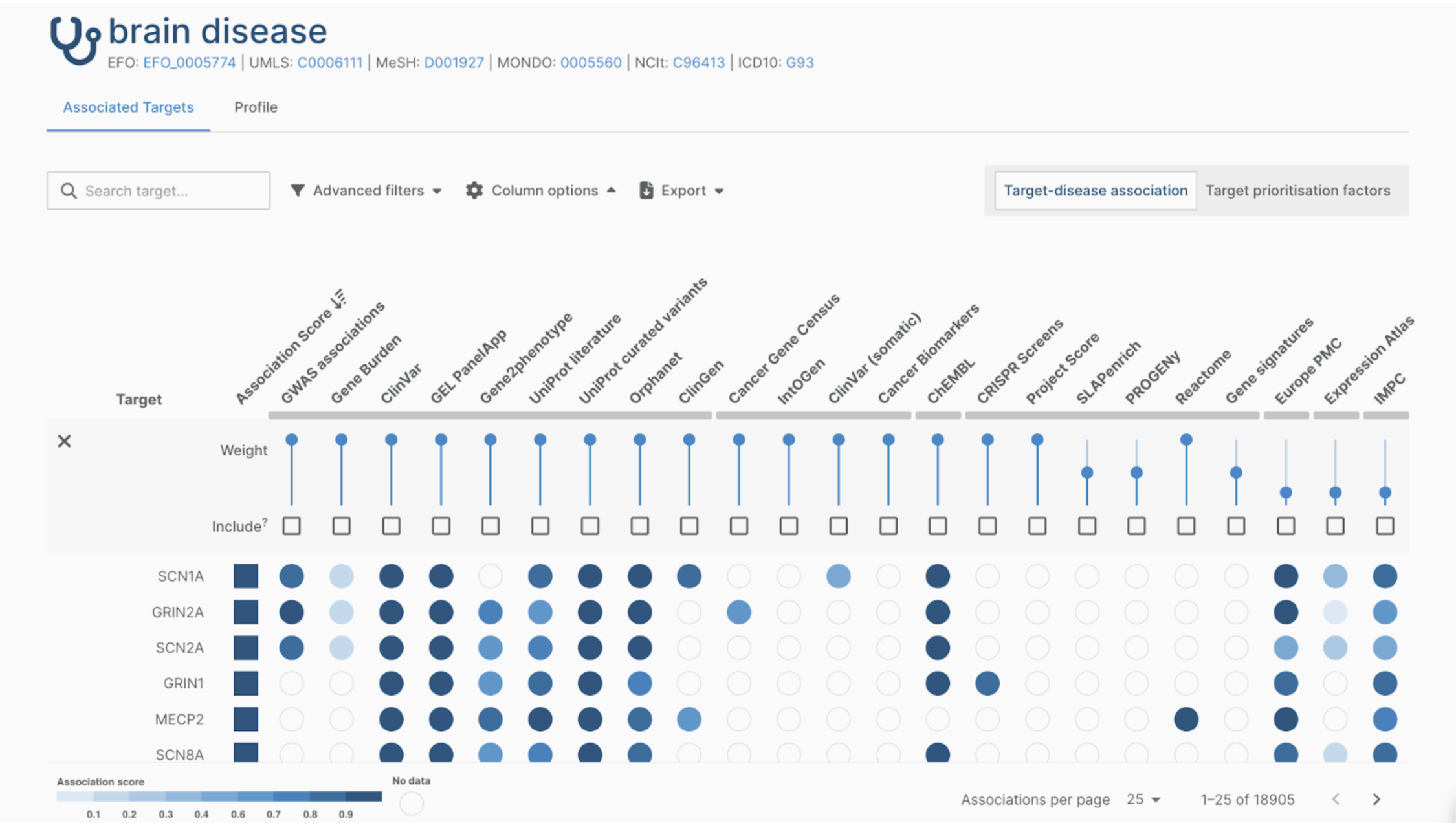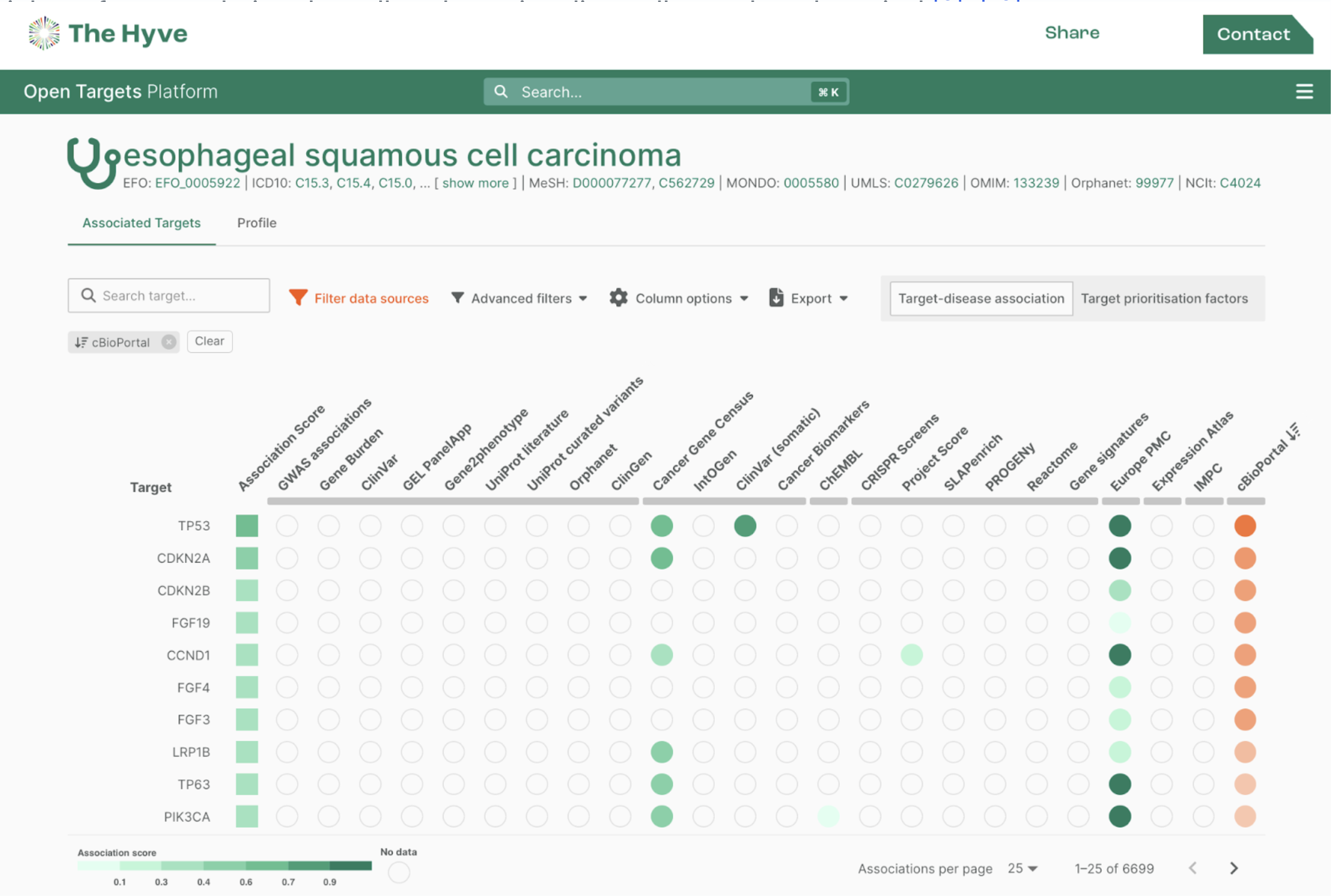Meet Data Engineer Alessia Peviani (32).
Since November 2018 she’s been part of the Data Warehousing Team where she focuses on ETL-pipelines for data extraction, transformation and loading into the tranSMART data warehouse. Besides programming, photography is another passion of Alessia. That’s why one day a week she exchanges her computer screen for her photo camera.
Can you tell me a bit about your background?
I have a Bachelor in Biotechnology and a Master in Bioinformatics, followed by a PhD in Bioinformatics from Utrecht University. My background is actually in plant bioinformatics. My PhD involved sequence analyses and phylogenetic reconstructions. My main focus was on the evolution of a particular gene family across several plant species. Coming from a biological background gave me a nice overview of the techniques used in molecular biology, such as microarrays and sequencing, which is quite relevant for my work here at The Hyve.
How did you get to know The Hyve?
I attended an open day at the company in 2015. At that time, I was getting towards the end of my PhD and started to think about what to do next. So when I saw this meeting advertized, I just registered to see what they’re doing here. The company really made an impression and I did keep an eye on the direction in which they were developing. After finishing my PhD in 2016 I took some time off to travel and improve my photography skills. I ended up starting a professional photography business. That kept me busy for a few years, but I always had the intention to come back. It was only last year, in 2018, that I decided to apply.

What do you do at The Hyve?
As a data engineer at the Data Warehousing Team, I’m involved in different projects. One of them involves CTMM-TraIT, a public initiative that takes care of data integration in translational research. Specifically, I’m involved in the loading of clinical research data into tranSMART for our customers.
I’m also responsible for a few ETL-pipelines. One of them is the ETL-pipeline at the Princess Máxima Center for Pediatric Oncology (PMC). We build this pipeline to automate clinical data loading into a private instance of TranSMART/Glowing Bear and cBioportal, allowing researchers to perform exploratory analyses on an up-to-date set of samples and patients. I'm responsible for the pipeline code maintenance, testing and updating, and closely collaborate with the developers in my team to make sure the pipeline integrates seamlessly with the other analysis tools. I also consult with customers in case of technical issues.
Another ETL-project is for the consortium Data Integration for Future Medicine (DIFUTURE)in Germany. It’s similar to the PMC project, but on a much larger scale. Here, we are dealing with the automation of data loading from a large research "data lake" into multiple instances of TranSMART/Glowing Bear, so that every research group can work independently on a subset of the data in their own data warehouse. What adds to the complexity is that we need to handle separate data warehouses with separate access rights. Additionally, we want to enable the creation of a new data warehouse as a subset of an existing one, which presents an additional challenge. I've been involved with creating and testing new tools built specifically for this project.
We do a lot of custom work and this gives me a nice chance to learn because every time you have to think of something different to satisfy the requirements. I find that very stimulating.
What do you like most about working here?
One of the things that made me interested in the beginning, and that I’m still very happy about, is the fact that The Hyve is a relatively small company and the team is a mix of people with different competences. In a large corporation, I would be in a department with only data scientists. Here, I sit next to developers, the project manager, the product owner. And we talk. It gives me the feeling that I’m really part of a team. The communication is very direct and clear and the decision-making process is rather transparent.
It is also a good opportunity for me to learn. I’m quite interested in the development part but that’s not really my background, so this mixed setup gives me an opportunity to learn something new every day just by asking questions or having a colleague mention something that I didn’t know about.
The general company culture is nice and social. We frequently do things with colleagues: borrels (drinks) at the office, games nights, and even spontaneous activities after work. It doesn’t seem like much, but it really does make a difference because it helps people to bond.
Can you mention an exciting development in your field?
We’re currently not really doing big data projects, but we’re dealing more and more with groups and institutes working with data lakes containing large amounts of omics and high-throughput data. This is an important development in bioinformatics and in the biomedical field in general.
This is something to keep an eye on and I think it’s useful for us to learn more about how to handle huge amounts of data. I’m going to do a course on data engineering for big data to prepare myself for this. It should also help me to better understand our customers’ needs when they contact us in the future regarding big data projects.
How about your out-of-office activities?
I work four days at The Hyve to have an extra day at home for my photography business. I’ve always had an interest in photography and after my PhD, I decided to take advanced photography and photo editing courses to bring my skills to a professional level. It should have been only for a few months, but I took the personal challenge a bit too seriously and started a company for conference and PhD-defence photography. That was when I realized I could combine taking pictures with talking to scientists and networking, to keep up with developments in the field. I ended up doing this until last year.

Since I started at The Hyve I don’t take on photography assignments anymore. I feel my daily work already exposes me enough to developments in the scientific field. I still invest time in photography to develop my skills, but more as a personal creative outlet. I’m now exploring different genres, such as macro and landscape. Besides, going out with my camera gives me a healthy break from the screen.



